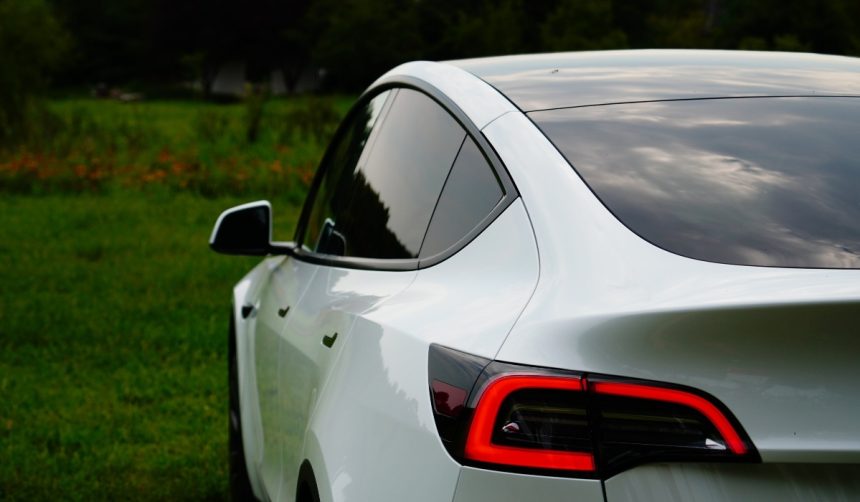The race in humanoid robotics intensifies as Chinese firms and Tesla compete to develop advanced robotic hands, crucial for performing intricate human tasks. Companies are pushing the boundaries of dexterity in robotics, identifying it as pivotal in enabling robots to match human capabilities in diverse roles. Dexterous hands have emerged as essential to enhancing robot functionality, prompting significant investments in their development. With significant advancements being made on both sides, the outcome of this technological race remains uncertain and widely anticipated.
China’s robotics industry has shown consistent growth and rapid advancements over recent years. Companies like Linkerbot Technology are advancing the robotics field by focusing on revolutionary hand designs for humanoid robots. Specifically, the development of the Linker Hand with a reported 42 degrees of freedom signifies a major leap forward compared to past innovations. Previously, the focus for many developers was on the overarching design and mobility of the robots, whereas the current emphasis highlights how specialized components such as hands can elevate the complete system’s efficacy.
The Significance of Degrees of Freedom?
Robotic enhancements like Tesla’s Optimus hand with 22 degrees of freedom show marked improvement over their predecessors, with the potential to influence both factory roles and broader applications positively. This performance was demonstrated in a published video depicting the robot’s capacity for task precision. Further integrating AI technology enhances these capabilities, pushing the benchmark for functional automation in varied environments.
How Are Chinese Firms Advancing Robotics?
Linkerbot’s advancements, highlighted by their robust hand with multi-sensor systems, signify China’s dedication to market leadership in robotics. Competitors like PaXini Tech are also making strides with products like the DexH13 GEN2, which integrate AI visual dual-modal capabilities to simulate complex human hand movements. These companies aim to utilize this technology for tasks like makeup application and data collection, expanding their robots’ real-world utility.
What Is Tesla’s Position in This Race?
Tesla’s ongoing development of the Optimus robot, geared towards executing repetitive and potentially hazardous tasks, marks its significant presence in the robot industry. The Optimus model and related technologies are reflective of Tesla’s strategy to innovate and capitalize on opportunities for automation within traditional labor sectors. These advancements might improve workplace efficiency and present solutions to challenges faced by human workers.
An objective view on the progress in humanoid robot development reveals a competitive landscape defined by both innovative milestones and consistent investments. Linkerbot’s introduction of dexterous hands challenges Tesla’s achievements, intensifying the rivalry in robotics. Overall, this competitive drive to enhance robotic technology could lead to meaningful improvements in productivity and safety across various industries, and both Tesla and Chinese firms are pivotal players in fostering these developments.










